The Qualcomm Snapdragon 835 Performance Preview
by Matt Humrick & Ryan Smith on March 22, 2017 4:30 AM EST- Posted in
- Smartphones
- Snapdragon
- Qualcomm
- Mobile
- SoCs
- Snapdragon 835
- Kryo
Qualcomm on Tour: Power, Camera Testing, & More
In any case, let’s talk about the tour itself. A first for Qualcomm, the company has given us a bit of access to show off some of the aspects of their SoCs we can’t easily measure ourselves, or to show off other parts of the Snapdragon platform (such as the software stack) that can’t be empirically measured. Given that Qualcomm has historically kept to themselves and been hesitant to engage with tech journalists, even a limited tour is a notable shift for the company. Not to mention a promising sign that, if nothing else, they better understand that the work their engineers and other staff put into products like the Snapdragon 835 deserves to be in the spotlight as well. The idea that engineering is cool isn’t just a STEM educational platform, but something we at AnandTech experience week in and week out.
Power Lab
Given that Qualcomm’s meeting room for press testing was only setup to test performance and not power consumption, it was only fitting that the company’s tour started at their power lab. Here, director of product management Johnny John had setup a demo comparing the power consumption of Snapdragon 820 versus 835. While the usual caveats apply – mainly, that this was a prearranged demo that we didn’t control – it none the less suitably highlights both the power consumption improvements of 835, and Qualcomm’s direction with balancing power consumption with performance for the new SoC.
For this demo, Qualcomm set up otherwise identical development phones running the SD820 and SD835 respectively. Both were running the same fixed VR workload as an example of a high power consumption task. Since this was a fixed workload, the faster SD835 phone in turn gets to bank the entirety of its advantage in power savings. Meanwhile to measure power consumption, Qualcomm’s power measurement gear tapped into the phones at the battery level, so these are phone-level measurements.
| Qualcomm Power Testing - Device Level w/Fixed Workload | |||
| Power Consumption | |||
| SD820 Reference Phone | 4.60W | ||
| SD835 Reference Phone | 3.56W | ||
The end result had the SD820 phone drawing an average of 4.6W, while the SD835 phone was drawing 3.56W, a power reduction of 23%. Real world use cases won’t be fixed workloads, so the power gains won’t be quite as great, but it shows where Qualcomm’s customers can go in configuring their devices. And indeed, Qualcomm’s own reference devices seem to be tuned a bit more towards power savings than performance, going hand-in-hand with the SoC size reduction that Qualcomm has also gone for with their new SoC. Customers make the final call, but Qualcomm seems to be nudging customers towards using their 10nm gains to curb power consumption more than improve performance.
Graphics & VR
The second stop on Qualcomm’s tour was what they call their Snapdragon Advanced Content Lab. This lab’s focus was on graphics and AR/VR development, though as the polar opposite of a Spartan lab or meeting room, “den of geeks” may be the better description.
To be honest, coming off of CES and GDC, Qualcomm’s advanced content group didn’t have much new to show off. The company is continuing to focus on getting Snapdragon SoCs into VR/AR headsets, and has been producing demos, hardware prototypes, and software toolsets to that end, all of which they have been showing off at the aforementioned trade shows. This is essentially the backend heavy-lifting that Qualcomm is doing to enable devices like the Pico Neo CV that we saw at GDC this year.
Along those lines, the company is also keen on showing off the software side of the equation with their performance profiling tools. The nuances are admittedly more something a developer is going to appreciate than an end-user, but it is a prime example of why the company is eager to brand Snapdragon as a platform as opposed to a processor. In the long run, they expect that software will become a much greater part in defining the overall platform.
Camera Lab
Our third stop was the company’s camera testing lab, which although was primarily demonstrating well-known methods for camera testing, was impressive in scope and price tag (ed: especially to tech journalists who would kill for similar equipment for phone reviews). The takeaway, at a high level, is that Qualcomm wants to show off the rigors of their testing methodology, and that every decision they make with their ISPs and associated software are based on significant empirical testing.
On the photo side of matters, the company has a few interesting tools at their disposal, the most useful likely being their variable lighting system, a pair of massive light cabinets that can generate light at a range of intensities and color temperatures. And though it may sound trivial, as our own Joshua Ho can attest to first-hand, this kind of consistent, systematic testing is not easy to do.
Meanwhile for testing the EIS capabilities of their ISP, Qualcomm has a specialized rig just for shaking phones. The particular ability that makes this rig noteworthy is that it can shake a phone using a pre-determined, tightly timed sequence, so that engineers can go back and see how well their EIS system handled specific motions. The ultimate goal here is to tweak their algorithms to produce good EIS results across a variety of scenarios, so that in average use cases the phone isn’t struggling to stabilize video.
Snapdragon Demo Room
The final stop on Qualcomm’s lab tour was what the company refers to as the Snapdragon Demo Room – which is to say that the company had rolled out a number of experience-based demos to show off various non-benchmark related aspects of their SoCs. This included audio, computer vision, and of course, LTE.
In recent months Qualcomm has been pushing the advantages of higher performance LTE modes, which in turn are the basis of what Qualcomm is branding as Gigabit LTE. The most recent LTE categories are leveraging both carrier aggregation and higher-order QAM modes, namely, 256-QAM. These higher-order modes require greater signal-to-noise ratios to be properly received, but in return allow a signal to carry more data, improving the total throughput of the network. The key point of Qualcomm’s simulations being that even with the tighter requirements of Category 16, it’s useful enough of the time to have a meaningful impact on improving spectral efficiency/reducing network (airtime) loads. Though, as I’m sure Qualcomm is painfully aware, putting theory into practice means getting carriers to upgrade their networks to support higher LTE categories.
One particularly interesting demo, even if things didn’t actually go quite according to plan, was iris scanning/recognition on a SD835 reference phone. Manufacturers have been toying with iris scanning as an alternative for fingerprint unlocking for a bit now, both as a means to remove the relatively large fingerprint sensor from their bezels and to offer a means for unlocking a phone that doesn’t require one’s hands. With the latest rendition of the technology, Qualcomm was eager to show off the improvements in the technology, as well as reiterate its security. The result was something of a wash; the demo worked very well with the product manager, but the phone couldn’t see/recognize my irises consistently enough to unlock the phone (ed: or perhaps Ryan is just soulless). Which this being a prototype, problems are not unexpected, but it’s a reminder that the tech hasn’t had the same number of development cycles as more proven fingerprint scanning technology.
On the flip side of the coin, how well the phone can see the rest of the world is also a subject of interest to Qualcomm. Computer vision/object detection demos aren’t new, but like other players in the industry, Qualcomm is lining up behind the recent advances in machine learning. By being able to efficiently executer (infer) highly trained neural networks, they hope to be able to do things faster and other new things entirely than what traditional computer vision has been capable of doing.
Finally, the company was also showing off their audio efforts, both on the playback and recording sides. On the former, they had an A/B setup between a phone and a dedicated receiver to show off the audio quality of the Snapdragon’s audio codecs and DAC, reiterating that at this point a properly designed phone should be able to keep up with dedicated audio gear for non-audiophiles, even with CD (or better) audio quality. Meanwhile on the audio input side, the company was showing off their improved voice activation capabilities for Snapdragon 835. While speed was hit & miss – both the SD835 and SD820 phones often responded in around the same time – over the day the company had recorded the newer phone as more frequently recognizing the activation phrase than the older phone.
Overall, while Qualcomm can’t easily quantify most of these experiences, it’s exactly these kinds of experiences that the company is wanting to bring to the forefront of the public’s mind, in order to show how Snapdragon is a platform, and to differentiate it from other SoCs. Just how much success they will have at this remains to be seen, but in the long run how successful they are here stands to have a significant impact in how the company’s chip-design arm presents itself to the world at large, and how it advertises its wares.


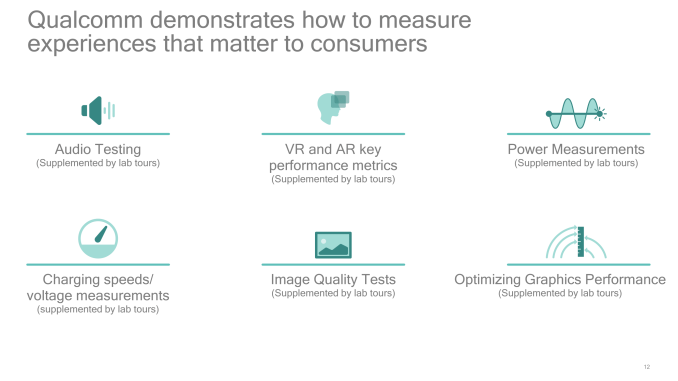
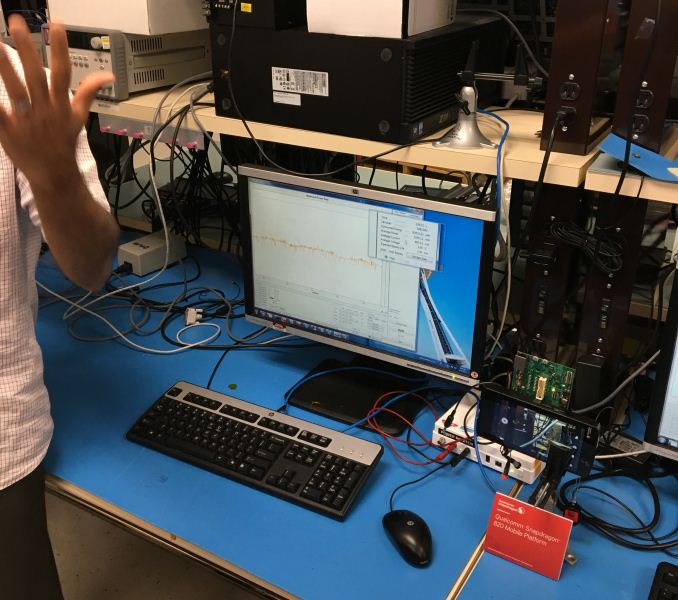
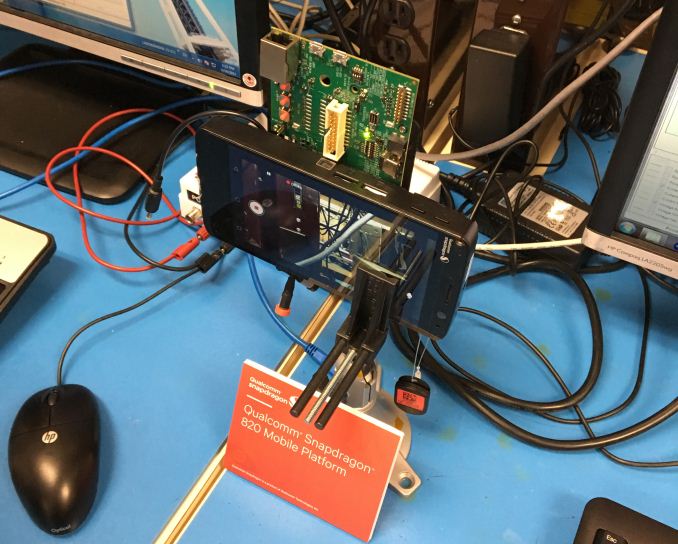

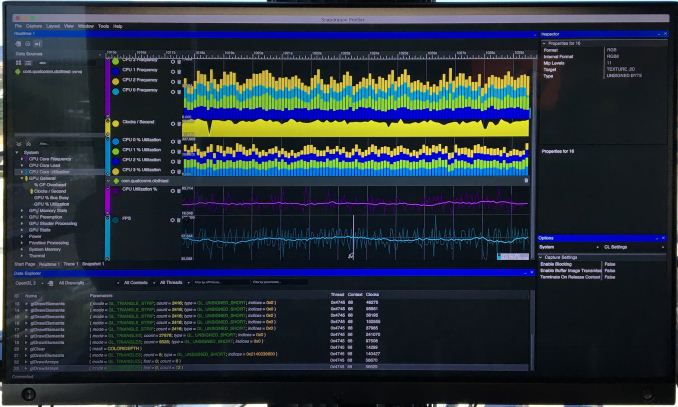
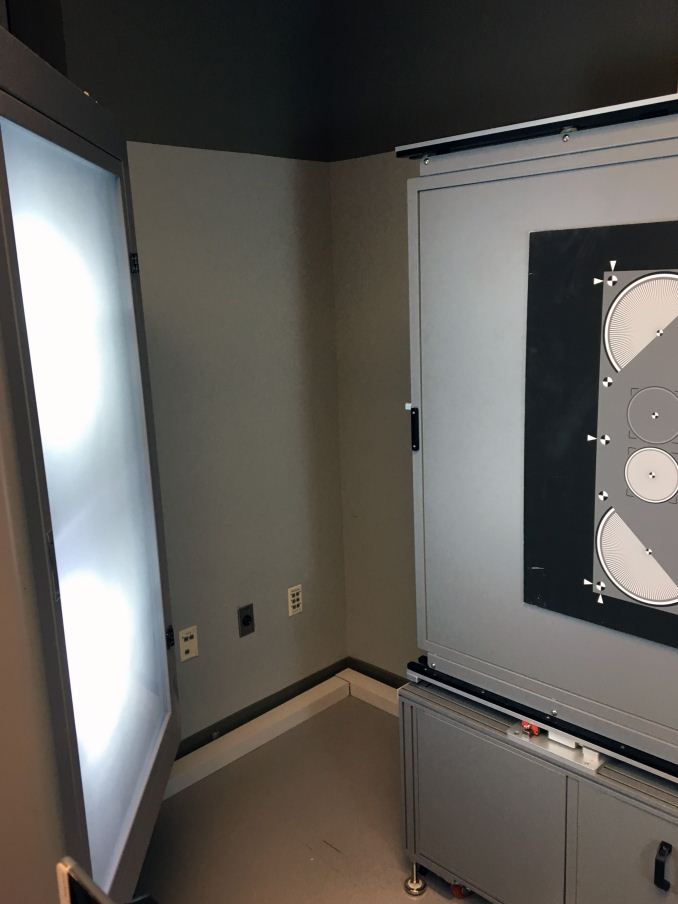
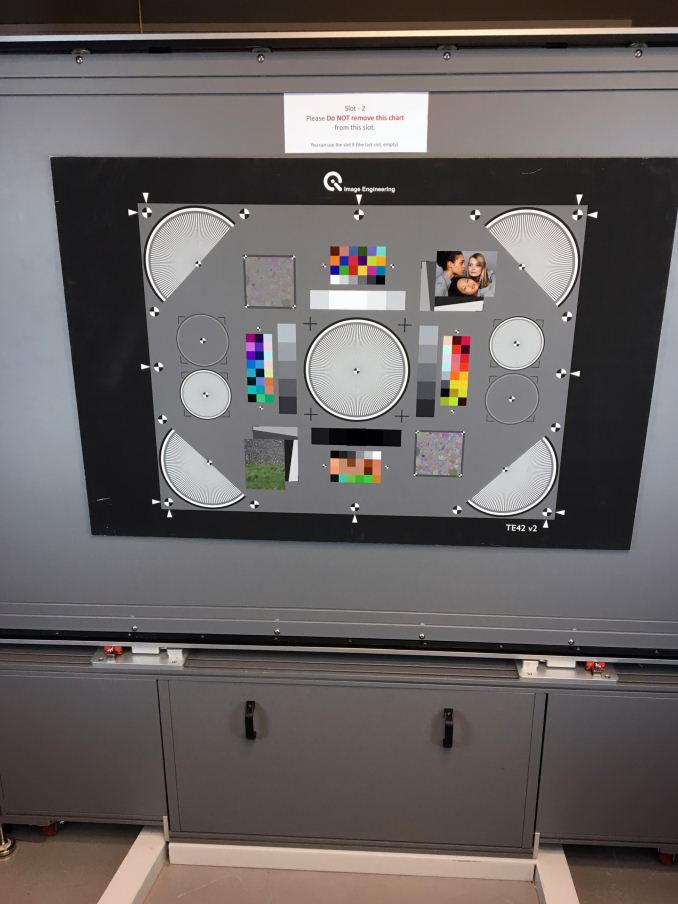



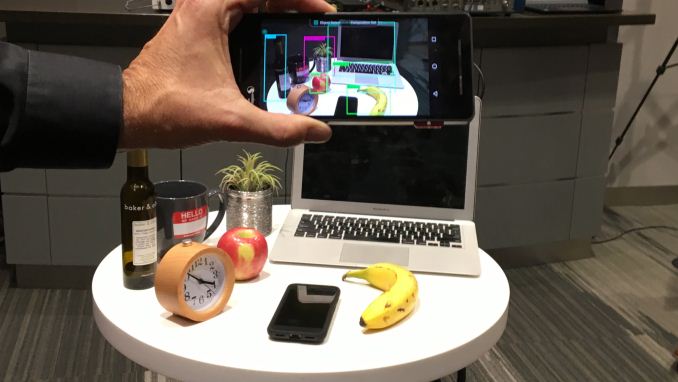

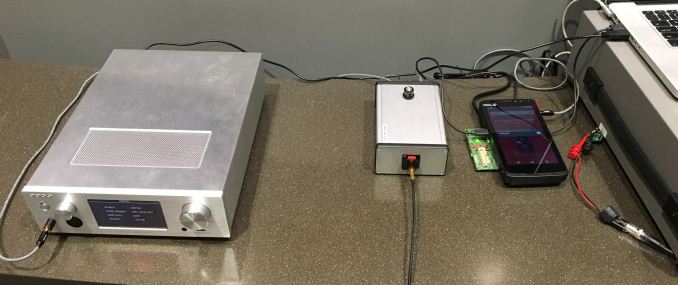








128 Comments
View All Comments
Andrei Frumusanu - Wednesday, March 22, 2017 - link
What a load of nonsense. GB uses all cores efficiently and it scales just perfectly. You just have a severe misunderstanding of both of the SoC and how the GB score is composed. Calling it worthless just because you don't understand it just makes you look stupid.And just for the sake of education:
Just because there's 8 cores and the strongest SC score is 2K doesn't mean you can just take some multiplier number to get to the MC score. First of all 20% of both the SC and MC scores are composed of the memory performance which simply doesn't scale much if at all between SC and MC scenarios.
If you look at the integer and floating point sub-scores you see that they're pretty much as you expect. When they're not, it's because the SoC's top frequency is only valid for single-core loads and drops to a lower frequency when using more of them, something that the S835 seems to do.
MrSpadge - Wednesday, March 22, 2017 - link
Furthermore MT may run into bottlenecks not present in ST: cache sizes, memory bandwidth, internal busses and maybe more.joms_us - Wednesday, March 22, 2017 - link
Nonsense, here is a task that 8 people can do if they all work together but only one is doing it 100%, the 2nd person 50-75% and the rest just 5-10% so they ended up finishing only half of it. That's how GB distributes load because of its pathetic threading and tasks distribution. Cinebench does it perfectly by distributing the rendering tasks in each core separately.You cannot say one SoC is weaker than another because GB is not maximizing its potential. Each core after then 2nd is just contributing about 500 points because they were useless throughout the testing.
joms_us - Wednesday, March 22, 2017 - link
And FWIW, that 2K score is just from efficiency core i.e Core 0. That's the default core where GB always runs the Single Core test.Andrei Frumusanu - Wednesday, March 22, 2017 - link
> And FWIW, that 2K score is just from efficiency core i.e Core 0. That's the default core where GB always runs the Single Core test.lol. You have absolutely no clue of what you're talking about.
Lord-Bryan - Wednesday, March 22, 2017 - link
Nah, the 2k is from the high performance core, geekbench can't just schedule a task to a particular core, that's the job of the scheduler in the the os. The highest performance core is always used to run large single threaded load.Andrei Frumusanu - Wednesday, March 22, 2017 - link
> Nonsense, here is a task that 8 people can do if they all work together but only one is doing it 100%, the 2nd person 50-75% and the rest just 5-10% so they ended up finishing only half of it. That's how GB distributes load because of its pathetic threading and tasks distribution.Also lots blablabla: http://i.imgur.com/PaLP1xw.png
ah06 - Wednesday, March 22, 2017 - link
Can you guys do a "What Ifs" short post on the expected changes if Apple went with an 8 core A11 or if Exynos/Snapdragon next iterations would score 3500 on Geekbench. What changes would we see where?joms_us - Thursday, March 23, 2017 - link
Since you are good at it, why don't you log the freq and usage of GB in 5 runs and show us which Cores are being used heavily. Stop logging each run at around 25% and another set at 100%. And if you don't mind, what is the name of that usage app you've shown in the image? TIAAndrei Frumusanu - Thursday, March 23, 2017 - link
They're all at maximum frequency and 100% always when the workloads are kicking in. Stop wasting people's time with your nonsense claims. I proved my claims, your turn to prove yours. You can use Trepn.